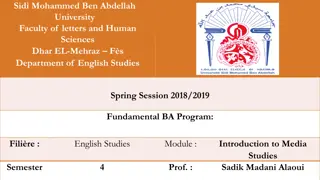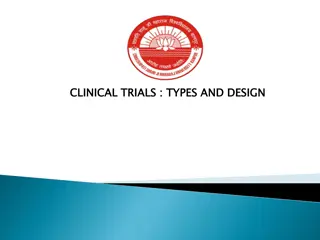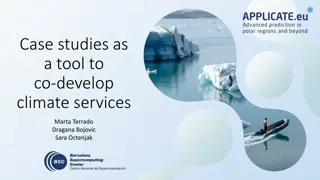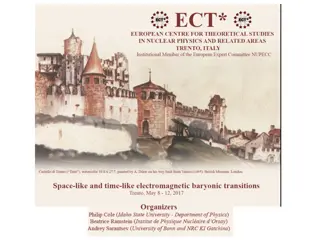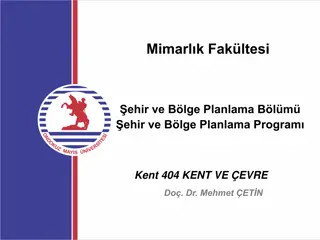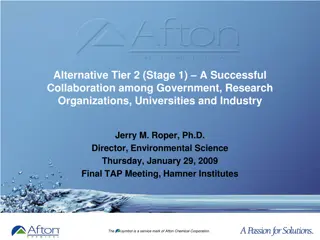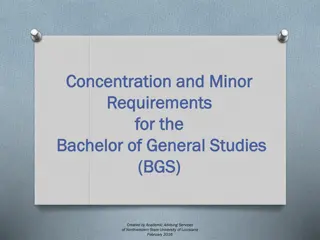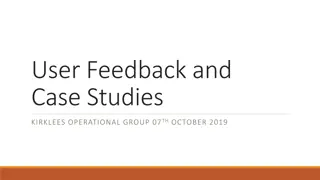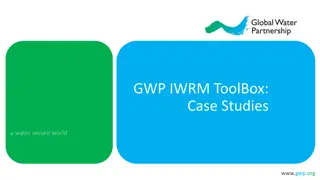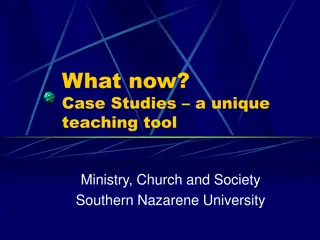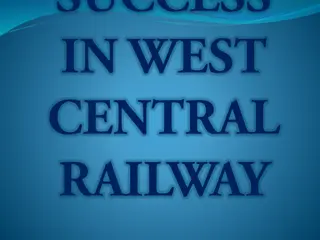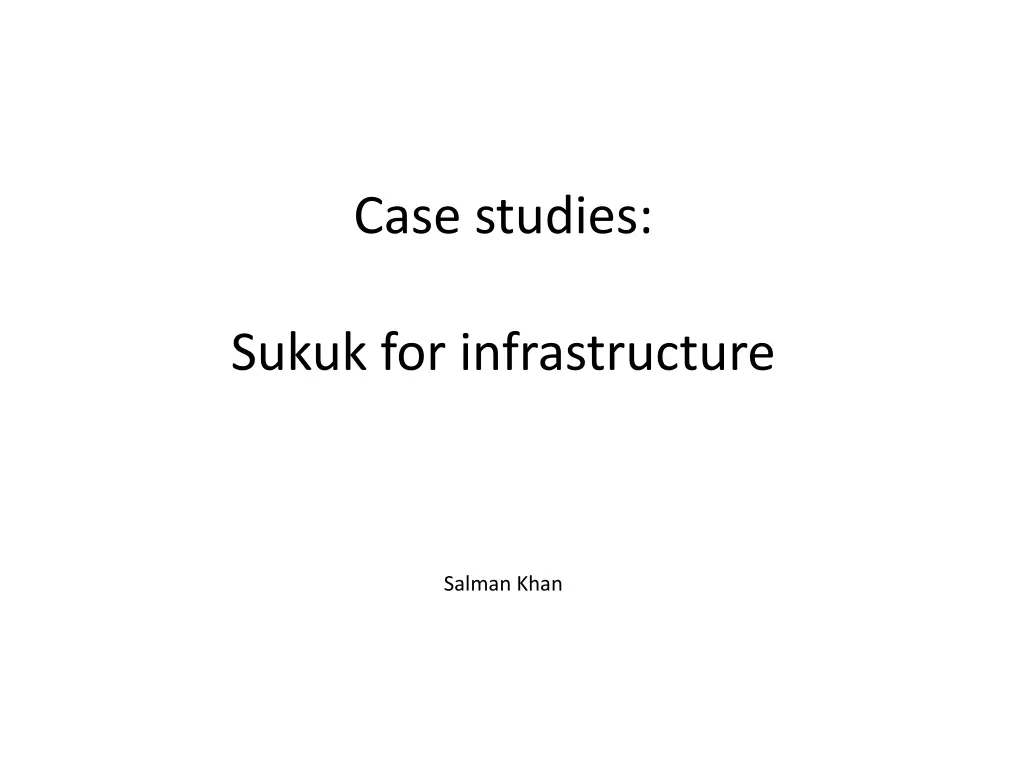
Sukuk for Infrastructure Investments: Trends and Case Studies
Explore the growing trend of utilizing Sukuk for infrastructure investments, with insights into prominent case studies and statistics highlighting the urgent need for infrastructure development in emerging markets. Discover how Sukuk issuance is playing a crucial role in financing major projects worldwide.
Download Presentation

Please find below an Image/Link to download the presentation.
The content on the website is provided AS IS for your information and personal use only. It may not be sold, licensed, or shared on other websites without obtaining consent from the author. If you encounter any issues during the download, it is possible that the publisher has removed the file from their server.
You are allowed to download the files provided on this website for personal or commercial use, subject to the condition that they are used lawfully. All files are the property of their respective owners.
The content on the website is provided AS IS for your information and personal use only. It may not be sold, licensed, or shared on other websites without obtaining consent from the author.
E N D
Presentation Transcript
Case studies: Sukuk for infrastructure Salman Khan
Case studies: Sukuk for infrastructure Investments in infrastructure by 2030 require an estimated USD 71 tr (OECD) Road, rail, telecommunication, electricity and water (without including seaports, airports and social infrastructure) ==> around 2.5% of global GDP to 2030 Expected required infrastructural investment in the GCC between 2010-20: USD 535 bn to 2 tr GCC also key market for sukuk issuances Africa: annual infrastructure financing gap of USD35 bn per year (WB) ** Statistics courtesy of MIFC
Case studies: Sukuk for infrastructure Emerging markets: USD 21 tr during 2008-18 (International Finance Corporation) Implication: huge need for infrastructural development <= => sukuk Recent years: sharp increase in sukuk for infrastructure and development Example: 2012 Unprecedented new sukuk = USD 27.8 bn (^ 140%) Infrastructure sukuk = 21.2% of total global sukuk ** Statistics courtesy of MIFC
Case studies: Sukuk for infrastructure Malaysia at the top (US 20.37 bn) Others: Saudi, Indonesia, Pakistan, Kuwait, Brunei Different sukuk structures used Ijara, murabaha, musharaka(most common: 79% in recent years) Again: much potential for sukuk However: also various issues Look at some prominent case studies, and associated issues ** Statistics courtesy of MIFC
Case studies & discussion Dubai Civil Aviation (DCA) Sukuk 11/2004 for $1 bn Basic SLB (Ijara) template Sale of DCA assets to sukukholders => leased back to obligor Fixed lease term Lease payments: income generated by airport operation Repurchase of assets
Case studies & discussion DCA Sukuk Purpose: to fund second phase of expansion of Dubai International Airport Infrastructure expansion due to rising passenger traffic (1998: 4.3m; 2003: 18m, 2010: 60m; 2015 end: 90m) World's biggest Sukuk (then) Five-year maturity Listed and traded at DFM
Case studies & discussion DCA Sukuk Seller Dubai Government, DCA Purchase Agreement Sale of Sukuk Assets Purchase price Master Lease Agreement of Sukuk Assets Exercise Price Lessee/Servicing Agent Dubai Government, DCA Sale of Sukuk Assets Obligor Government of Dubai, DCA Issuer/Trustee Dubai Global Sukuk FZCO Lease rentals Service Agency Agreement PU Periodic Distribution amounts and Redemption Amounts Issue Proceeds Certificates Investors
Case studies & discussion DCA Sukuk Some issues Look at them shortly (following next case study)
Case studies & discussion WAPDA Sukuk (snapshot) 9
Case studies & discussion WAPDA Sukuk 02/2006 Rs 8 billion (= AED 0.5 billion) 7 years Sovereign sukuk Ijara structure 10
Case studies & discussion Purposes: Infrastructure sukuk: to fund Mangla Dam raising project Obtain finance cost efficiently Strengthen presence in local financial markets Diversify and expand investor base Promote Islamic Finance with a view to encouraging other public entities 11
Case studies & discussion WAPDA Sukuk Structure: Purchase of WAPDA s turbines Lease back to WAPDA First Demand guarantee GoP PU from WAPDA 12
Case studies & discussion WAPDA Sukuk
Case studies & discussion WAPDA Sukuk
Case studies & discussion WAPDA Sukuk Issues: - Lessee ? - Ownership? - PU - Only Obligor Price of sale? Fv Ok? Due diligence/feasibility Project/activity Obligor? - Commanding heights (?) - Possible? 3P X: implication? Shortly: ijara v mudaraba comparison 15
Case studies & discussion DP World Mudaraba Sukuk: 07/2007 Sovereign Sukuk 10 year tenor DPW: international operator of container terminals Requirement of finance for infrastructure and expansion
Case studies & discussion DP World Sukuk DPW: international operator of container terminals Operation in 22 countries 42 terminals UAE, ME, Europe, Africa Asia-Pac, Indian Sub-continent Australasia, Americas Purpose: Develop infrastructure Expand operations Terminal 2 (additional terminal adjacent to Jebel Ali Terminal within JAFZ)
Case studies & discussion DP World DP World Ltd (Mudarib) Periodic Distribution of Amounts Proceeds of Certificates Mudaraba Agreement Purchase and Sale Undertakings DP World Ltd DP World Sukuk Ltd (Issuer and Trustee pursuant to Declaration of Trust) Exercise Price * (Obligor) Interest under Sharia in Mudaraba Assets Periodic Distribution Amounts and Dissolution Distribution Amount Proceeds of Certificates Declaration of Trust Investors
Case studies & discussion DP World Sukuk Lead Arrangers: Barclays DB DIB Citigroup Trust over Mudaraba assets Mudaraba assets: Share of DPW assets (mudaraba capital) Mudarib: DPW Profit: Biannual profit distribution (99:1)
Case studies & discussion DP World Sukuk Perfomance incentive (bonus): Periodic profit payments If > : all excess to DPW (as Mudarib) If < : SC liquidity facility Liquidity facility: Operation? Loan: return? Construction liquidation price: Capital + + SCLF
Case studies & discussion DP World Sukuk Mudaraba: expected If < ? Concepts: Feasibility study Responsibility PU by DPW (closing date) Formula-based EP Purpose: guarantee AAOIFI?
Case studies & discussion AAOIFI s position on Sukuk Tradeability: Investment sukuk Includes: mudaraba, musharaka, wakalatul istithmar Prior to activity commencement: Sarf, debt Nominal (fv) X (ownership of assets) Implication? PU? One further angle: Business versus lease
Case studies & discussion AAOIFI s position on Sukuk Investment sukuk Mudaraba, musharaka, wakalatul istithmar Nominal (fv) X Ijara sukuk: May redeem at market price or at a rate agreed upon (i.e. fv) Does not apply to partnership/agency Comment ( 08) Big debate Focus: partnership sukuk 85% non-SC
Case studies & discussion Opinion? Key issue here? PLR Guarantee Other s expense Risk Credit versus project activity (risk) What about Ijara sukuk?
Case studies & discussion AAOIFI s position on Sukuk Ijara sukuk Lessee Agent Agent guarantee X Rewind: guarantee (fundamental) Lessee : Agent X Why (basic principle) ? Equal playing turf? Consequence: ijara sukuk blue-eyed boy Opinion?
Snapshot The Express Tribune (March 10, 2013) Use of Sukuk to meet govt s borrowing requirements (excerpt) By Humayon Dar In the medium to long run, Sukuk can be used as an instrument to discipline public sector borrowing, as Sukuk requires an asset to be used to raise financing. This requirement is an inbuilt mechanism to restrict an issuer s (including the government s) ability to borrow money freely. In the past, the government used the M2 motorway to raise $600 million through an Ijara Sukuk (based on leasing) for a period of five years (2005-11). Those who are against the use of Quaid-e-Azam International Airport Karachi for the issuance of Sukuk last year must keep in mind that this structure is far safer than the previous M2 Sukuk, which was offered to international investors. The government remained adamant that it would not allow the investors (Sukuk holders) any recourse to the underlying asset (M2 motorway). The Karachi airport Sukuk also does not provide recourse to the Sukuk holders in case of sovereign default (although from Shariah viewpoint it is better to give the investors recourse to the underlying asset). So, any fears that the government is endangering assets of national security by channelling it to the private sector are ill informed.



